Swinney Recreation Center
Introduction
Text-to-speech Audio
The E.F. Swinney Gymnasium was dedicated in 1941. Two years earlier, with encouragement from William Volker, Edward F. Swinney, the president of Kansas City's First National Bank, made two major donations to the University of Kansas City: one of $300,000 to build the gymnasium and another of $500,000 to start an endowment to maintain it once it was built. In 1987, the building was expanded into the Swinney Recreation center in order to add modern equipment, more basketball courts, and a swimming pool.
Images
Swinney Recreation Center
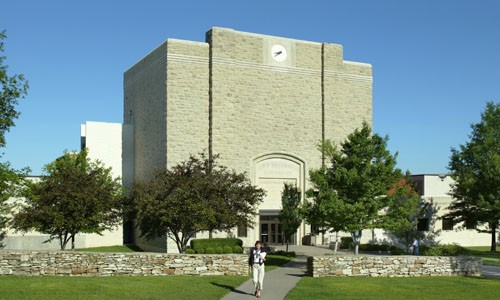
Edward F. Swinney
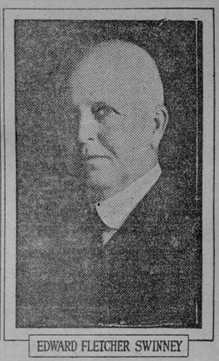
Students thank E.F. Swinney personally for his gift to the university.
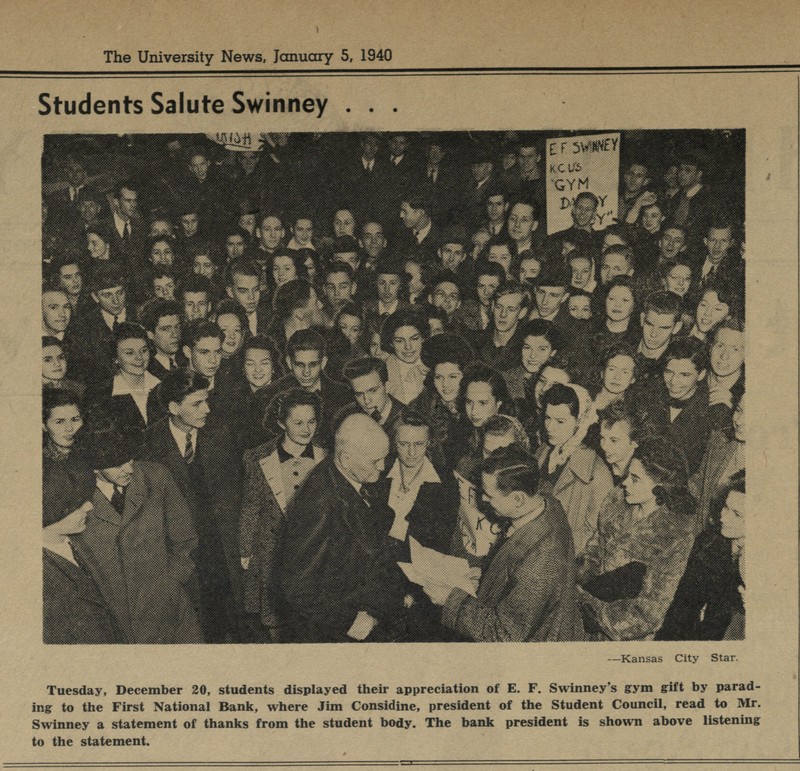
Swinney Gymnasium Construction 1941.
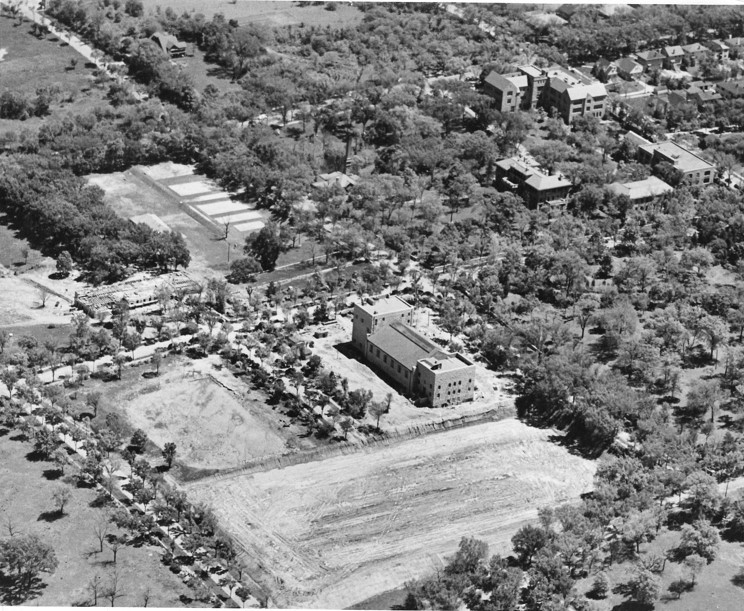
A sarcastic article published in the school newspaper, the Kangaroo, after Swinney Gymnasium opened in 1941.
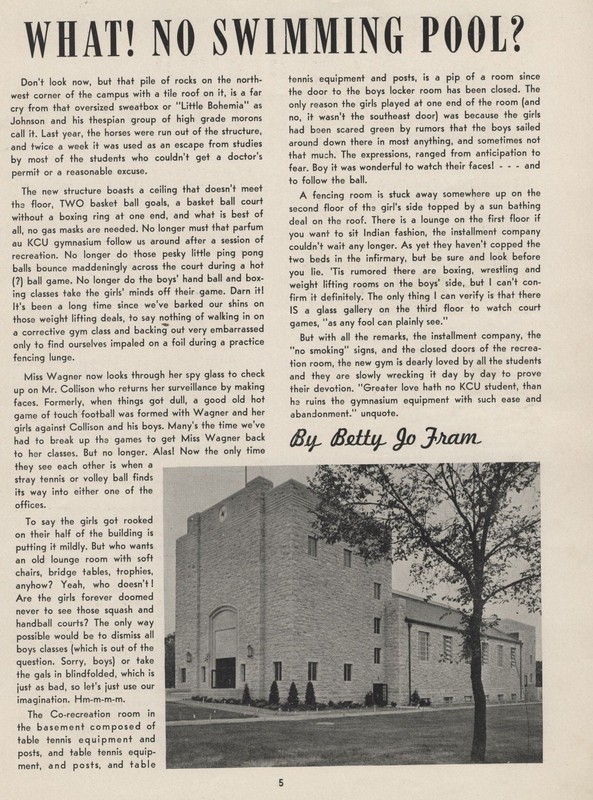
Fans cheering on UMKC's Basketball Team in the original Swinney Gymnasium
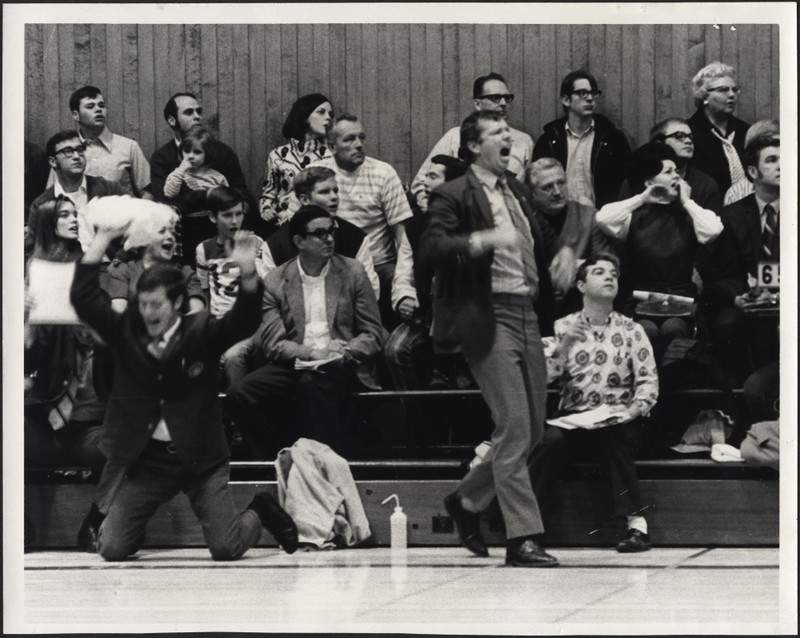
The Swinney Recreation Center under construction 1987
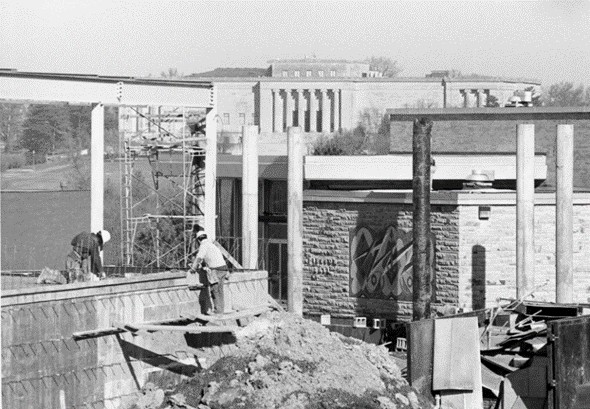
The Swinney Recreation Center shortly after its construction in 1988
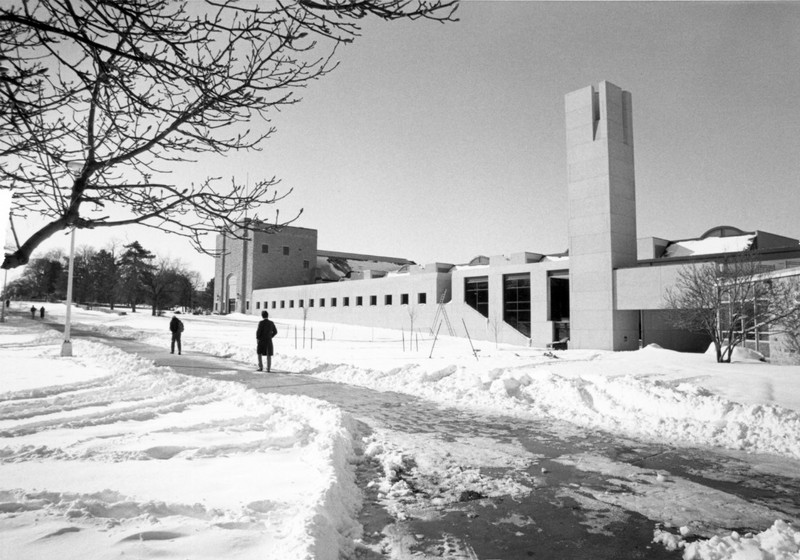
The Swinney Recreation Center swimming pool, which was added in 1987, with its retractable roof visible in the background.
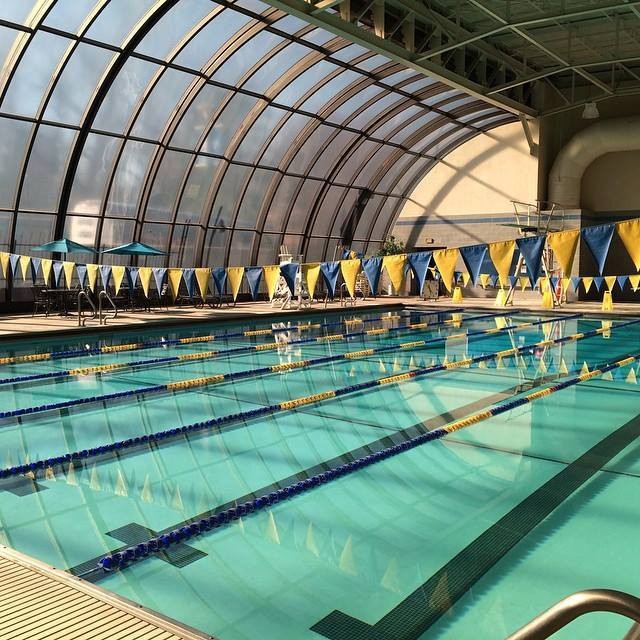
2010 UMKC Basketball Game at the Swinney Recreation Center
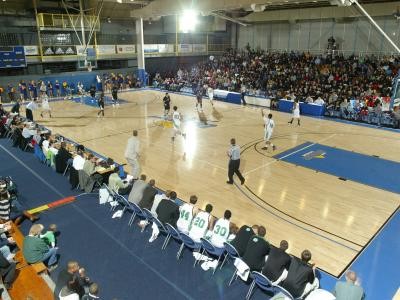
Backstory and Context
Text-to-speech Audio
After finishing university and working for several years in retail, Edward Swinney began his career by working at a bank in Fayette, Missouri. He eventually moved to the First National Bank in Kansas City, Missouri, where he started off as a cashier but quickly rose through the ranks, being elected president in 1890. From there, he built a solid name for himself within the financial community and became a valued citizen of Kansas City. In the late 1930s, after urging from William Volker, Swinney donated $300,000 to the construction of a gymnasium at the University of Kansas City, as well as another $500,000 later to form an endowment for maintenance. The new building, finished in September of 1941, was named Swinney Gymnasium in honor of the donor who made the building's existence possible.
The construction of the gymnasium was celebrated by KCU. Swinney intended to remain anonymous after making his generous donation, but word of his identity was leaked by the Kansas City Star. Once his name was released, 400 KCU students gathered at the First National Bank downtown one afternoon to say thanks in person. In response to shouts of "We want Mr. Swinney!" he went outside and accepted their thanks before rushing back inside to his office.
A student named Betty Jo Fram also published a sarcastic article in the school newspaper backhandedly celebrating the gymnasium's addition to the school and ribbing on its facilities, how it was divided by gender, and other teachers and students. It was snarkily titled "What! No Swimming Pool?":
Don't look now, but that pile of rocks on the northwest corner of the campus with a tile roof on it, is a far cry from that oversized sweatbox or "Little Bohemia" as Johnson and his thespian group of high grade morons call it. ... The new strcture boasts a ceiling that doesn't meet the floor, TWO basket ball goals, a basket ball court without a boxing ring at one end, and what is best of all, no gas masks are needed. No longer must that parfum au KCU gymnasium follow us around after a session of recreation. ... No longer do the boys' hand ball and boxing classes take the girls' minds off their game. Darn it!
... 'Tis rumored there are boxing, wrestling, and weigh lifting rooms on the boys' side, but I can't confirm it definitely. The only thing I can verify is that there IS a glass gallery on the third floor to watch court games, "as any fool can plainly see."
In addition to a full sized basketball court, the Swinney Gymnasium had such modern amenities as Kansas City's first squash courts, a two lane bowling alley and a secret sunbathing deck on the roof of the building accessible only from the girls' locker room. However, the university quickly outgrew the facility originally intended to support the needs of a student population of 1000. The university's basketball and volleyball teams had to play in facilities that were smaller than many high schools. Plans to modernize Swinney Gymnasium began in the early 1970s, but work on improvements did not begin until the 1980s, when UMKC decided to move to NCAA Div. 1 athletics. The expanded building, now called Swinney Recreation Center, featured "four full-size basketball courts and a suspended indoor track, as well as locker rooms, a fitness center, classrooms, and office space." Also added was the pool with its retractable roof that students enjoy to this day.
Sources
Wolff, Christopher. A Pearl of Great Value: The History of UMKC, Kansas City’s University. Kansas City, Missouri. UMKC Alumni Association, 2016.
Swinney, Edward F., 3334 Harrisson Street, Hyde Park, Kansas City, Missouri. Accessed September 10th, 2022. https://web.archive.org/web/20170113111605/http://history.hydeparkkc.org/index.php?option=com_content&view=article&id=116:swinney-edward-f-3334-harrisson-street&catid=53:by-name&Itemid=73.
About the Mansion, Oak Street Mansion - an Art Hotel. Accessed September 10th, 2022. https://web.archive.org/web/20150406054721/http://oakstreetmansion.com/about-the-mansion/.
Athleticmindedtraveler.com
KC History
Students Salute Swinney, The UNews, University of Kansas City. 1/5/1940
UMKC University Archives photo
A Pearl of Great Value by Christopher Wolff
UMKC University Archives photo k_1_121_9-00085
UMKC University Archives Photo
UMKC University Archives photo
UMKC University Archives photo
